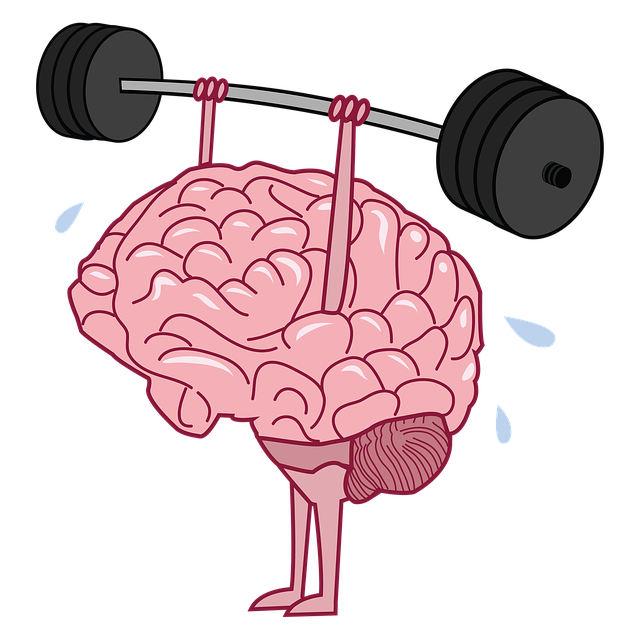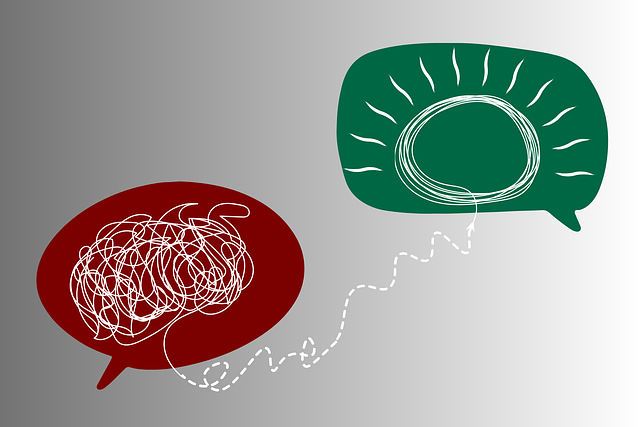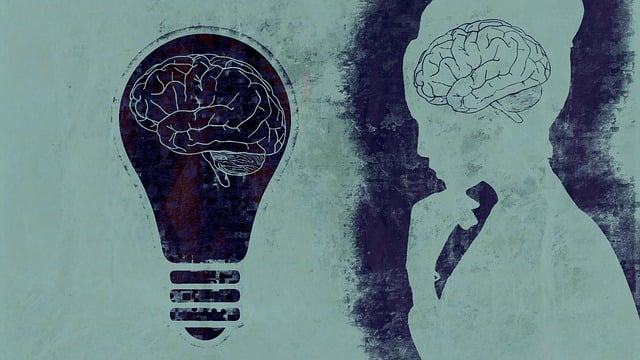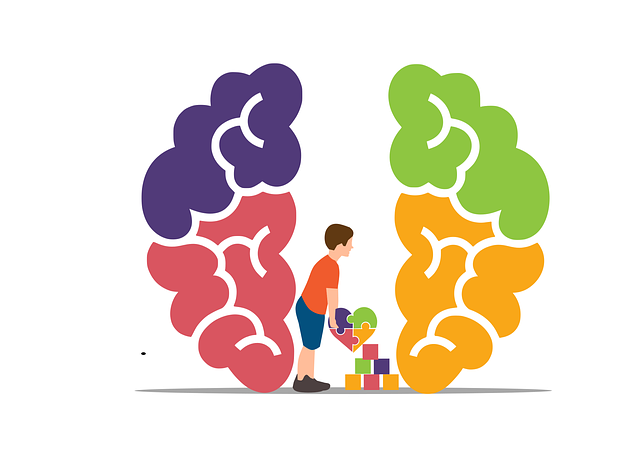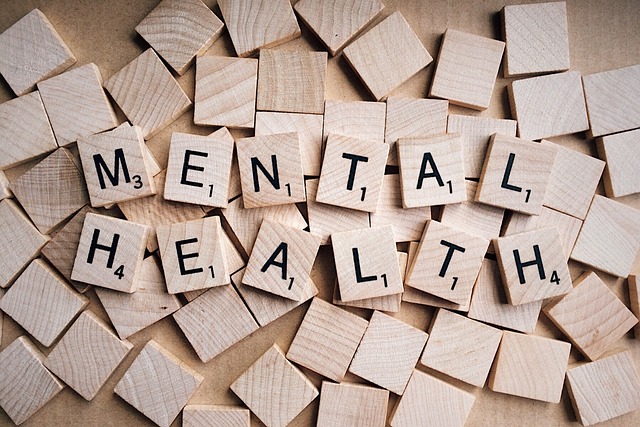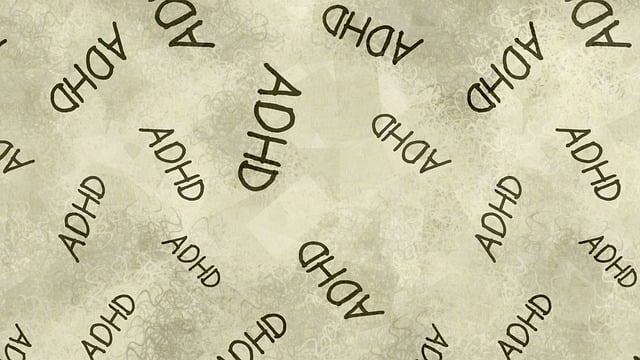Early intervention is crucial for treating OCD in young children, focusing on cognitive-behavioral therapy (CBT) and emotional support. Risk assessment plays a key role in personalizing treatment strategies, addressing potential harms, and ensuring safety. Effective harm minimization plans involve parents, healthcare providers, and interactive educational content, aiming to reduce symptoms through CBT, exposure therapy, and medication management, while monitoring progress for policy advocacy.
Risk assessment and harm minimization planning are crucial steps in effectively treating young children with Obsessive Compulsive Disorder (OCD). This comprehensive guide delves into the intricacies of OCD in young children, emphasizing the importance of risk assessment for optimal treatment. We explore identifying potential harms and risks specific to therapy, offering strategic insights for robust harm minimization plans. Additionally, we detail implementation and monitoring techniques to ensure success. By understanding these key components, therapists can enhance their approach to therapy for young children with OCD.
- Understanding Obsessive Compulsive Disorder in Young Children
- The Importance of Risk Assessment for OCD Treatment
- Identifying Potential Harms and Risks in Therapy
- Strategies for Effective Harm Minimization Planning
- Implementing and Monitoring the Success of Harm Minimization Plans
Understanding Obsessive Compulsive Disorder in Young Children

Obsessive Compulsive Disorder (OCD) is a mental health condition that can impact young children, often presenting as repetitive and intrusive thoughts and behaviors. Recognizing OCD in its early stages is crucial for effective therapy for young children affected by it. Symptoms may include excessive handwashing, checking behaviors, or engaging in ritualistic actions to alleviate anxiety caused by obsessive thoughts. Understanding the underlying emotional intelligence and inner strength development in these children is essential for tailored interventions.
Therapy for Young Children Obsessive Compulsive Disorder often involves cognitive-behavioral therapy (CBT) that targets specific behaviors and thought patterns. By teaching conflict resolution techniques, therapists help young individuals manage their symptoms and develop coping mechanisms. Emphasizing emotional expression and understanding can also foster resilience, enabling children to navigate and overcome the challenges posed by OCD.
The Importance of Risk Assessment for OCD Treatment

Risk assessment plays a pivotal role in therapy for young children with Obsessive Compulsive Disorder (OCD), offering a structured approach to understanding and managing their unique challenges. By meticulously evaluating various factors, therapists can tailor interventions that effectively target OCD symptoms. This process involves identifying specific obsessions and compulsions, assessing their impact on daily functioning, and exploring potential triggers or contributing factors. A comprehensive risk assessment ensures that treatment strategies are not only evidence-based but also aligned with the child’s individual needs.
In the context of mental health awareness and stigma reduction efforts, recognizing the significance of risk assessment empowers both therapists and parents to foster a supportive environment. It allows for early intervention and personalized planning, which can significantly impact long-term outcomes. Moreover, integrating mindfulness meditation as a complementary practice has shown promise in OCD treatment, encouraging children to develop coping mechanisms that enhance their overall well-being and resilience.
Identifying Potential Harms and Risks in Therapy

Identifying potential harms and risks in therapy is a crucial step in providing effective treatment, especially for young children with Obsessive Compulsive Disorder (OCD). Mental health professionals must conduct thorough risk assessments to ensure the safety and well-being of their young clients. This process involves evaluating various factors unique to each child’s experience with OCD, such as the severity of symptoms, comorbid conditions, and past trauma. By understanding these elements, therapists can tailor their approach to mitigate risks associated with the disorder, including potential triggers for anxiety or distress.
In therapy for young children, addressing burnout prevention through mindfulness meditation techniques has emerged as a valuable tool. Incorporating these practices into treatment plans not only enhances coping strategies but also supports mental health professionals in managing their own emotional well-being. Regular risk assessment is essential to identify when a child or therapist may be at risk of experiencing harm and allow for prompt intervention, ensuring a safe and supportive therapeutic environment.
Strategies for Effective Harm Minimization Planning

Effective harm minimization planning for therapy involving young children with Obsessive Compulsive Disorder (OCD) requires a multifaceted approach. One key strategy is to involve parents or guardians actively in the process, ensuring their understanding and buy-in. This collaborative effort can help create a supportive home environment that reinforces positive behaviors learned during therapy sessions. Regular communication between therapists and caregivers is essential for consistent application of techniques aimed at reducing OCD symptoms.
Additionally, integrating burnout prevention strategies for healthcare providers into the planning process is vital. Therapists need to prioritize their own mental wellness through practices such as positive thinking and self-care routines, which can enhance their ability to support young clients effectively over the long term. Consideration should also be given to incorporating elements of a Mental Wellness Podcast Series Production to engage both children and parents in interactive, educational content that promotes understanding and coping strategies for OCD.
Implementing and Monitoring the Success of Harm Minimization Plans

Implementing harm minimization plans is a crucial step in addressing mental health concerns, particularly for young children diagnosed with Obsessive Compulsive Disorder (OCD). These plans should be tailored to each child’s unique needs and may include various strategies such as cognitive-behavioural therapy, exposure and response prevention, and medication management. Regular sessions with therapists or healthcare professionals are essential to monitor progress and adjust the plan accordingly.
Effective monitoring involves tracking key indicators of emotional well-being promotion techniques used in therapy. This includes assessing changes in OCD symptoms, anxiety levels, and overall functioning. By regularly reviewing these metrics, mental health policy analysis and advocacy can be informed, ensuring that interventions remain evidence-based and aligned with best practices. Emotional healing processes are facilitated when plans are dynamic and responsive to the child’s evolving needs.
Risk assessment and harm minimization planning are essential components in the treatment of young children with Obsessive Compulsive Disorder (OCD). By thoroughly understanding OCD, conducting comprehensive risk assessments, and implementing tailored harm minimization strategies, therapists can enhance safety and effectiveness in therapy for this population. This structured approach ensures that interventions are aligned with each child’s unique needs, fostering positive outcomes and improving overall well-being.



